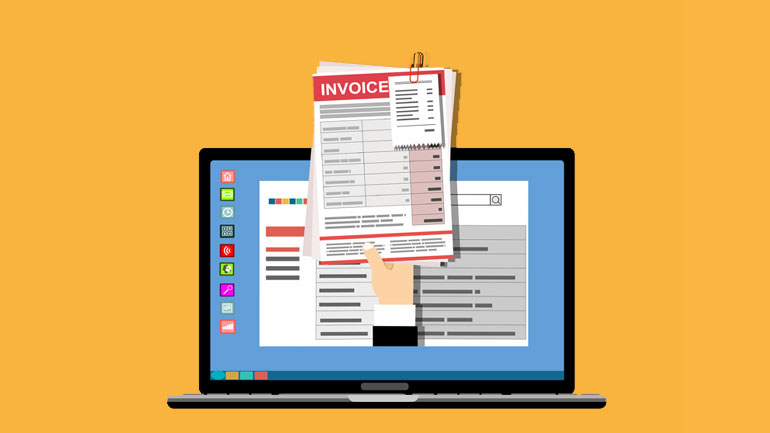 There is a lot of time (and money) that goes into getting an invention protected the right way.
There is a lot of time (and money) that goes into getting an invention protected the right way.
When calculating the patent cost, items to take into consideration are your time; your attorney’s time; and the fee to file an application with the US Patent and Trademark Office or the US Copyright Office.
Despite these initial costs of your time and money, there are enormous financial upsides to obtaining intellectual property protection on your new product, idea, brand, company, or design.
Types of Intellectual Property Protection
The types of IP protection that can be registered are patents, trademarks, and copyrights. The most successful IP portfolio contains a combination of all three types, with a distinct focus on patents.
Patents grant the owner an exclusive right, or monopoly, for a limited time on the claimed subject matter disclosed in the issued patent. They are a powerful form of intellectual property protection. The purpose of a patent is to provide protection to an investor with the necessary time and space to make, use and sell his or her invention without the threat of competition.
A trademark is a word, name, logo, symbol, device, or combination thereof, used to identify the source of goods or services in the marketplace. Trademarks allow prospective customers to weigh the reputation of a manufacturer of goods or provider of services.
A copyright provides the owner with the exclusive right to reproduce and distribute copies, prepare derivative works, as well as perform or display the work publicly. The copyright author does not need to register the work in order to have the copyright but must register the copyright in order to protect against infringement.
General Upsides
The biggest upside to obtaining patents, trademarks, and copyrights is the exclusivity one can obtain over an incredible share of a particular market. These IP protections grant their owner the invaluable ability to prevent anyone else from copying, using, or distributing protected items without the owner’s permission. Each type of IP ownership lasts for a varying length of time: 20 years for patents; 10 years for trademarks; and 70 years for copyrights.
JD Houvener, a Patent attorney in Atlanta, believes that “these intellectual property protections give you a legal right with a legal definition, so there is no ambiguity as to what you have ownership over. The ability to be the only player in the market with your specific intellectual property is a massive benefit that cannot be ignored.”
Another upside to IP protection is seen once you have legal ownership over your property. Post-grant, you have had the ability to transfer, license, and sell your copyright, trademark, or patent. This unique ability allows you to play within a bigger realm, by giving you the chance to monetize your idea without having to do any work yourself.
Specific Upsides
- Patents
One of the biggest pros to obtaining patents is that a robust patent portfolio is an asset that makes it easier to demonstrate tangible value for a company. This value makes it easier for potential investors, partners, or shareholders to see your company as a worthwhile investment in their time and money that will be likely to generate returns.
Additionally, having the exclusivity of a patent over your idea, product, or invention for 20 years is an incredible way to generate profits. This exclusivity allows you and your company to price your product or service with plenty of margin for profit, as there will literally be no competition.
- Trademarks
Trademarks are beneficial because they allow for much greater brand recognition. They essentially provide approval from the government that you can use a certain word or logo to do exclusive business in that industry, an approval that you can defend in a court of law.
The use of a trademark is significant because it shows the market that your company has a brand with consumer following, which is a sign that business is going well.
In today’s landscape, where a majority of buyers care about brand loyalty more than ever before, registered trademarks can go a long way in terms of potential profit and customer loyalty.
Customer loyalty is the result of a company consistently meeting and exceeding customer expectations. Customers that trust the companies they do business with will be more likely to purchase again in the future, and repeat business is invaluable- especially in industries with the enormous competition.
- Copyrights
Registered copyrights demonstrate the ownership of a valuable creation deserving of protection. The owner of a copyright has prima facie evidence that enables them to enforce their rights as soon as they sense infringement.
Copyright protection gives owners a big upper hand to put any potential infringers on a constructive notice, via a letter threatening a lawsuit. The letter may share something along the lines that the infringer will have to pay triple damages or your attorney fees, by virtue of your publication by the copyright office, if they continue to use your intellectual property. What this means is that registered copyright will save money in the long run.
Overall, the benefits of IP protection are numerous and far-reaching. They must not be overlooked when creating a business strategy or seeking methods to increase shareholder value.
There are certainly cons to obtaining IP protection, namely the costs of time and energy, but they can be mitigated by having a solid legal team to draft your patent claims, by carefully reading everything in your application, and submitting everything in a timely manner. The benefits of obtaining intellectual property protection will be well worth the initial hassles.




